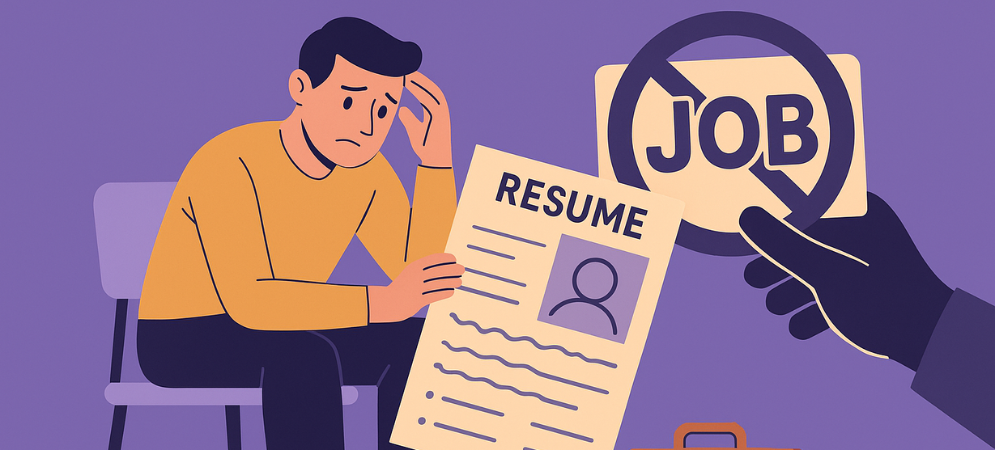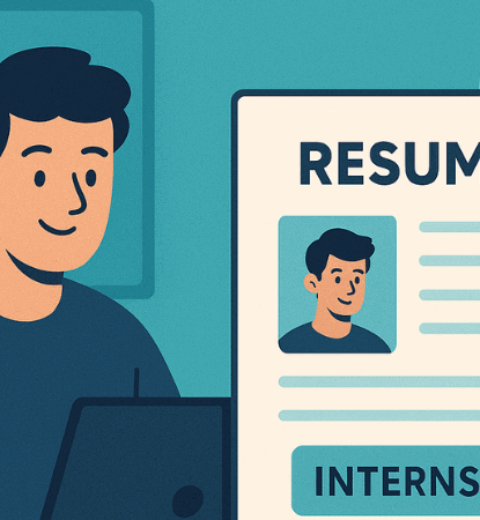Canva has become one of the most popular tools for creating beautiful resumes online. With its drag-and-drop interface, eye-catching templates, and creative layout options, it’s easy to understand why so many job seekers choose Canva to design their resumes.
But here’s the harsh reality: while your Canva resume may look impressive, it might be quietly sabotaging your job search—especially when it comes to Applicant Tracking Systems (ATS).
In 2025, if your resume isn’t ATS-compatible, it might never be seen by a human hiring manager. So, let’s break down how Canva resumes could be hurting your chances, how ATS works, and what you should do instead to ensure your resume gets through the digital gatekeepers.
What Is ATS and Why Does It Matter?
Before we dig into Canva’s flaws, let’s understand what an Applicant Tracking System (ATS) actually is.
An ATS is a software tool used by employers to:
- Scan, filter, and rank job applications
- Identify relevant resumes based on keywords
- Organize candidates by how closely they match the job description
According to Jobscan, over 98% of Fortune 500 companies use ATS to screen resumes. This means that even if you’re a great candidate, your resume may never get to a recruiter if the formatting is incompatible or the right keywords are missing.
Why Canva Resumes Are Failing ATS Scans
While Canva offers visually appealing templates, most of them are designed with aesthetics not functionality in mind. ATS systems are notoriously picky about formatting, structure, and file types.
Here’s why Canva resumes often fail:
Text Inside Images or Graphics
Many Canva templates use text boxes placed inside design elements like banners, shapes, or icons. Unfortunately, most ATS software can’t read text embedded in graphics. If your job title or achievements are placed in a stylized section, they may be skipped entirely.
Multi-Column Layouts
Most ATS systems scan from left to right, top to bottom just like how you read. Canva resumes often use two or three-column layouts, and ATS may skip over or scramble the information in these columns.
Example: If your “Skills” are listed in the right column, the ATS may not register them at all.
Tables, Icons, and Decorative Elements
ATS software struggles with:
- Icons or bullet graphics
- Tables used for layout
- Custom fonts or logos
- Embedded images (like profile photos or design accents)
These design features can interfere with how ATS parses your content, leaving large portions unread.
The Risk: Your Resume Looks Good but Gets Rejected
Here’s the painful truth your resume can look modern and sleek to human eyes but still get rejected by automated systems.
This means:
- No interview invites
- No recruiter callbacks
- No visibility, even for roles you’re qualified for
Need help diagnosing if your resume is ATS-compatible? Our CV Writing Service creates professional, keyword-optimized resumes that look clean and pass ATS filters effortlessly.
Can Canva Resumes Ever Be Safe for Job Applications?
Yes, but only in specific scenarios.
When Canva Resumes Can Work:
- You’re emailing your resume directly to a person or recruiter
- You’re handing it out at a career fair or networking event
- You’re uploading it as a secondary creative version (after first uploading a clean, ATS-friendly version)
If you’re applying through online job portals like LinkedIn, Indeed, or company websites, avoid Canva PDFs unless you’re 100% sure your resume is ATS-safe.
What to Use Instead
To maximize your job search success, use formats that are built with ATS compatibility in mind. That means:
Resume Formatting Best Practices:
- Use .docx or .pdf files (but make sure the PDF is text-based, not image-based)
- Stick to single-column layouts
- Use standard section headings: Professional Summary, Skills, Work Experience, Education
- Avoid images, tables, and non-standard fonts
- Use consistent bullet points (• or -)
For the best results, choose a minimalist, professional layout designed to highlight keywords, not just design.
Still unsure how to build an ATS-friendly resume? Check out our guide:
Keyword Optimization on a Resume: Beat the ATS in 2025
What Recruiters Actually Want to See
While ATS compatibility is essential, recruiters still expect a resume that:
- Is easy to scan visually
- Highlights measurable achievements
- Uses relevant industry language and keywords
- Aligns with your LinkedIn profile
Your resume should strike a balance between form and function: visually clear, professionally written, and rich in relevant content.
Need help aligning your resume with your online presence? Our LinkedIn Profile Writing Service ensures consistency across platforms so recruiters get a clear, compelling picture of who you are.
Resume A/B Test: Canva vs. ATS-Friendly
Let’s say you applied to 10 jobs with a Canva resume and heard nothing back. You then switch to a simple, ATS-optimized resume and suddenly land 3 interviews in two weeks.
This is exactly what many ResumeFaster clients experience after updating their formatting and keyword strategy. It’s not about how “pretty” your resume looks it’s about how effectively it communicates your value to both robots and humans.
Conclusion
Your resume is your first impression and in 2025, that first impression is often made by software. Canva resumes may look visually impressive, but they can cost you interviews if they’re not ATS-friendly.
While Canva can be a great tool for presentations or networking events, don’t rely on it for job portals or recruiter submissions. Instead, invest in a clean, readable, and optimized format that prioritizes content, structure, and keywords.
Ready to stop guessing and start getting results? Our expert writers at ResumeFaster can help craft an ATS-compliant resume that’s both professional and effective. Explore our CV Writing Service and get a competitive edge today.



